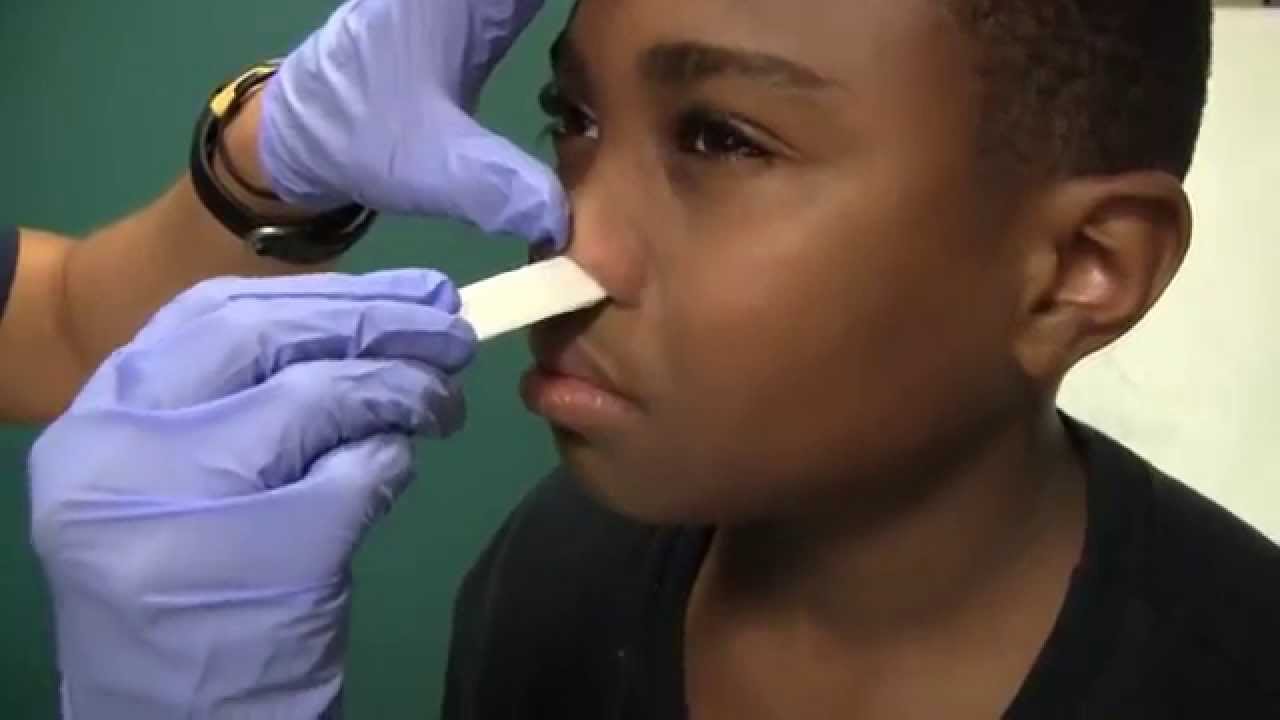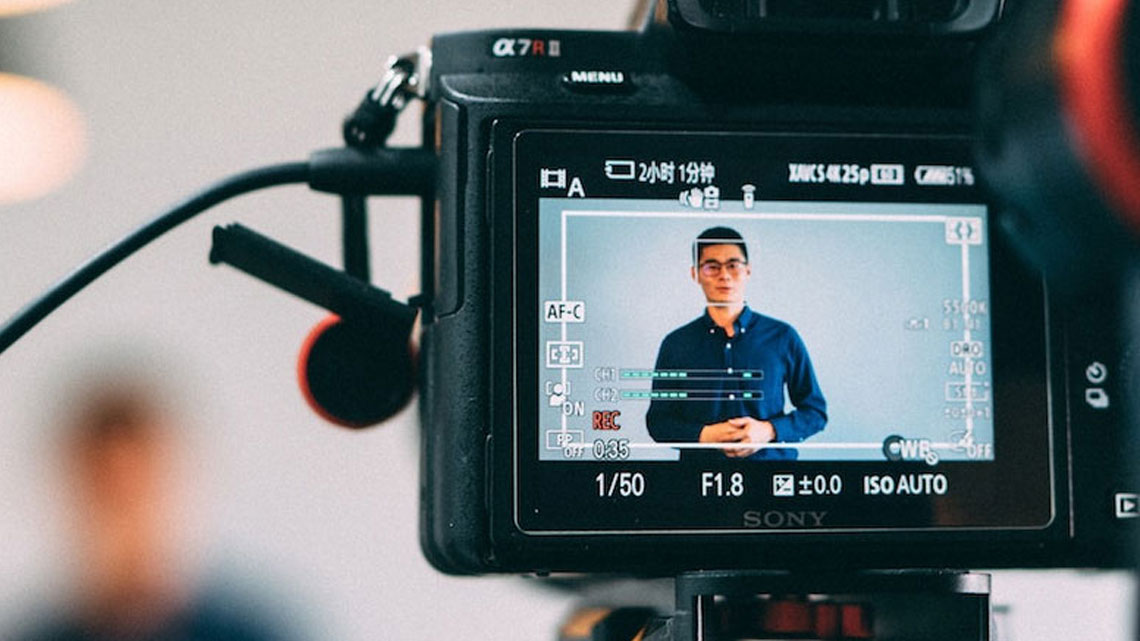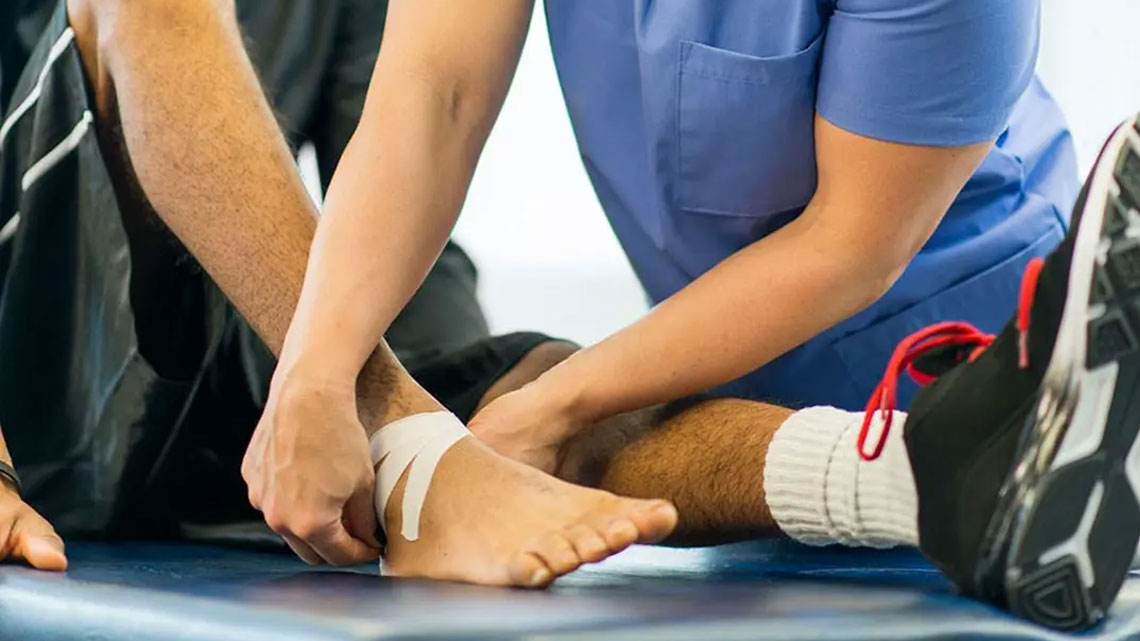A nosebleed (also called epistaxis) is the loss of blood from the tissue that lines the inside of your nose. It is a common occurrence as approximately 60% of people will have at least one nosebleed in their lifetime. The location of the nose in the middle of the face and the large number of blood
vessels close to the surface in the lining of your nose make it an easy target for injury and nosebleeds.
CAUSES
Nosebleeds have several causes, most of which are not serious.
- Dry air (most common cause)
- Nose picking.
- Colds (upper respiratory infections) and sinusitis, especially episodes that cause repeated sneezing, coughing and nose blowing.
- Forceful nose blowing
- Foreign body Insertion into the nose.
- Nose and/or facial Injury.
- Allergic and non-allergic rhinitis
- Blood-thinning drugs such as aspirin, NSAIDs, warfarin, etc.).
- Cocaine and other substances of abuse are inhaled through the nose.
- Chemical irritants such as chemicals in cleaning supplies, chemical fumes
- High altitudes: the higher the altitude the thinner the air and the lesser the amount of oxygen in the air.
- Deviated septum.
- Frequent use of nasal sprays and medications to treat itchy, runny or stuffy nose, which tends to dry out the nose.
HOW TO STOP A NOSE BLEED
The following steps should be taken to stop a nosebleed:
- Relax.
- Sit upright and lean your body and your head slightly forward. This will keep the blood from running down your throat, which can cause nausea, vomiting and diarrhoea. (Do NOT lay flat or put your head between your legs.)
- Breathe through your mouth.
- Use a tissue or damp washcloth to collect the blood.
- Pinch your nose together using your thumb and index fingers to arrest bleeding. Do this for the next 5-10 minutes and check if the bleeding has stopped.
- For some soothing relief and constriction of bleeding blood vessels, apply an ice pack to the bridge of your nose to further help constrict blood vessels.
- You may spray an over-the-counter decongestant spray into the bleeding side of the nose and then apply pressure to the nose as described above. Use this for a very short period to avoid the chances of causing a nosebleed.
- After the bleeding stops, do not bend over, strain and/or lift anything heavy. Do not blow or rub your nose for several days.
TREATMENT
Treatments depend on the cause and could include:
- Nasal packing
- Cauterization
- Adjust medications/new prescriptions: Reducing the amount or stopping of blood-thinning medications can be helpful
- Foreign body removal if this is the cause of the nose bleed.
- Surgical repair of a broken nose or correction of a deviated septum in septal defects
- Ligation: a surgical procedure done to tie off the bleeding blood vessel in the nose.
PREVENTION
- Moisturize your nostrils with a saline nasal spray or saline nose drops.
- Moisturise/humidify the air in your home using a humidifier in your bedroom, especially at night.
- Avoid forcefully blowing your nose.
- Sneeze through an open mouth. Always sneeze into a tissue or the bend of your arm/elbow.
- Avoid putting anything solid into your nose, including fingers.
- See your doctor if your nasal allergy symptoms are not easily controlled with over-the-counter or prescription medications.
- Quit smoking because it dries out your nose and irritates it.
- Wear protective headgear if involved in activities that could result in an injury to your face and nose.
- Keep children’s fingernails short.


































